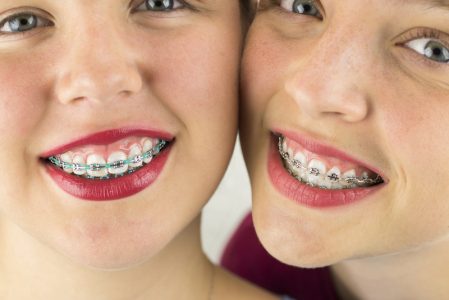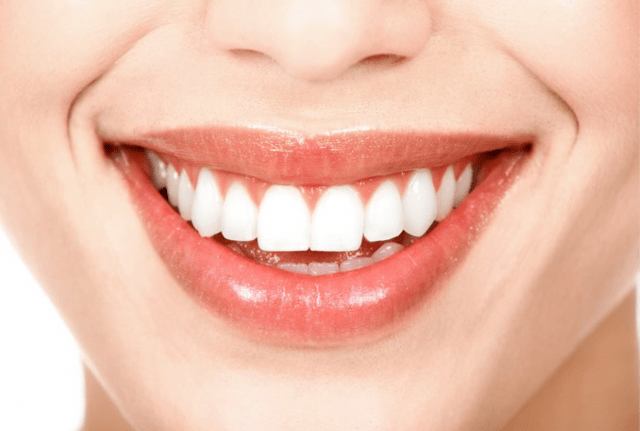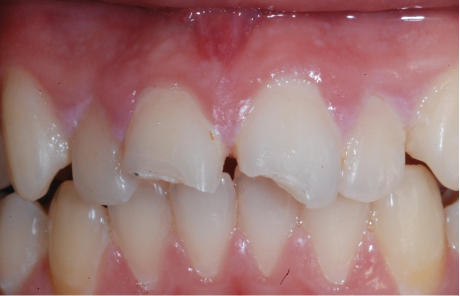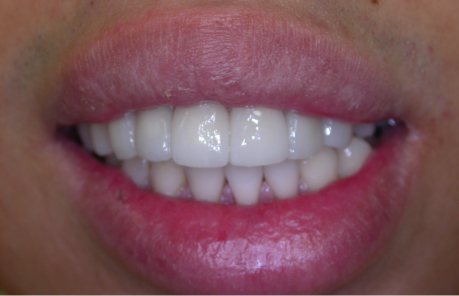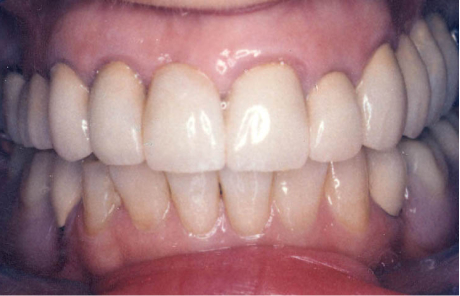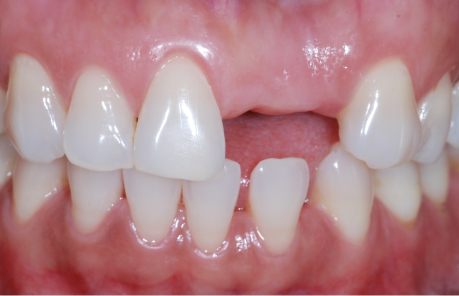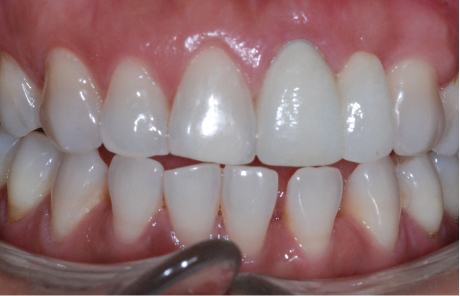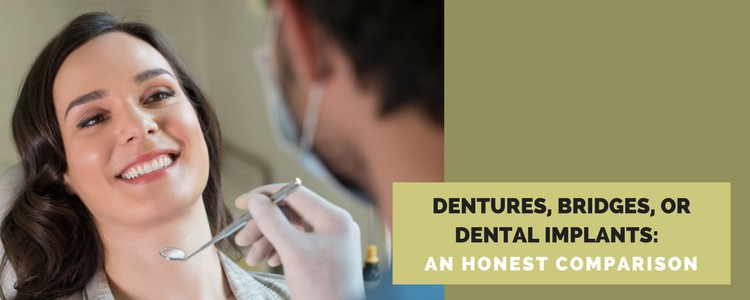Tooth straightening is a very common procedure, but there are so many different orthodontic options to straighten your teeth these days that it can be difficult to know which treatment is right for your situation.
A lot of people think about orthodontics as mostly a cosmetic procedure, but it can actually solve a range of issues relating to the position of your teeth, jaws and mouth. The straight smile you get helps with self-confidence, sure, but it also provides health benefits like reduced risk of infections, cavities and bite correction.
With all that in mind, let’s take a look at some of the best options available to help you get the healthy, well-aligned smile that you’re looking for.
Braces
Braces are a very well known way of straightening teeth. They are a common orthodontic procedure and have proven to be effective over several decades. Braces are one of the best options to straighten your teeth.
They can treat several different orthodontic problems including crooked teeth, overbites, crowded teeth, and misaligned jaws. There are many different types of braces but the most common include traditional braces, ceramic braces, and lingual braces.
Traditional Braces
When you think of braces, it’s likely you think of traditional metal braces. These are the classic metal braces, with metal brackets and wires linked across your teeth.
Traditional braces can treat a variety of orthodontic problems, and they can be effective for patients of all ages. Traditional braces are one of the oldest forms of modern tooth alignment and they have a time tested record of effectiveness.
Ceramic Braces
Ceramic braces, also called ‘clear braces’ are the same design as traditional braces. A metal wire connects a square-shaped bracket, that is bonded to the tooth. Over time the wires and brackets help to shift the teeth into proper alignment.
However, ceramic braces use ‘tooth-colored’ ceramic brackets, rather than metal brackets. The wire connecting ceramic braces is still metal, but ceramic braces appear more subtle than traditional braces, due to the tooth-colored shade. Ceramic braces are equally as effective as metal braces and they are a great option for those who want a more natural look.
Lingual Braces
Lingual braces are less common than traditional and ceramic braces, however, they are an excellent form of tooth alignment for certain orthodontic cases.
These braces are bonded to the back of your teeth, unlike traditional and ceramic braces which both sit across the front of the teeth. This makes them virtually invisible when a patient is smiling or talking. They are a good treatment option for adults or those who are looking for more subtle forms of tooth alignment.
However, lingual braces are not effective for everyone. They can not fix severe jaw/bite misalignment and they are best for those with minor tooth misalignment. This is due to their location at the back of the tooth, they have less of an ability to dramatically shift the position. They move the teeth from the inside, rather than the outside, which gives them less leverage than traditional or ceramic braces.
Invisalign
Invisalign is a revolutionary orthodontic treatment. It is a nearly invisible method of tooth straightening that is as effective as braces. Invisalign is more discreet than traditional braces and it is popular among adults looking for tooth straightening options that are more subtle. It allows a patient to straighten their teeth without sacrificing the aesthetics of their smile.
Invisalign is made up of a set of clear aligners that are perfectly shaped to your teeth and bite. They slowly move the teeth in place. You will be required to visit your dentist periodically for new aligners to create a straight smile.
Invisalign treatment times can range from 6 months to 2 years, depending on the amount the teeth need to move, and the severity of the misalignment.
Invisalign treatment is often compared closely with braces. Both Invisalign and braces are incredibly effective methods of straightening your teeth. However, there are certain situations in which one treatment is more effective than the other.
Retainers
Retainers are often used for maintenance after major orthodontic treatment. If you are not careful, your teeth can shift back into misalignment after braces or Invisalign. Retainers keep your newly straightened teeth in place and help avoid shifting. Retainers ensure you maintain the best results after orthodontic treatment.
They may need to be worn for several months to several years after tooth straightening. It is important to talk to your dentist and ensure you know how long you need to wear your retainer. Patients often forget to use their retainers and it can sacrifice their results.
Veneers
Veneers are a cosmetic dental treatment and they are used to improve the overall shape, size, and appearance of your teeth. They are not used to treat severe tooth misalignment and they are not a form of orthodontic treatment.
However, veneers can be used to hide minor tooth misalignment. For patients who have slightly crooked teeth or gaps between their teeth, veneers can be used to even out the appearance of the smile, for a more straightened look.
Orthodontic Treatments in Burnaby, BC
It is a good idea to talk to your dentist about the best options to straighten your teeth. Some patients may even require a combination of orthodontic treatments to reach their desired results. If you are looking for an experienced dentist in Burnaby, BC, contact VCCID today.

